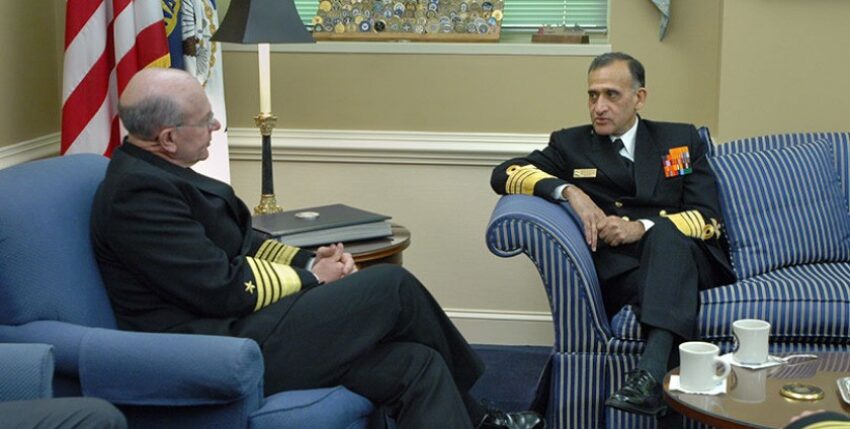In recent decades, China has continuously upgraded its navy with strategic foresight. Its democratic neighbour India, on the other hand, has largely failed to build up its maritime capabilities. Now could be the time to change course.
Indians upset by the recent images of Chinese Navy ships in Indian Ocean ports like Hambantota (Southern Province of Sri Lanka, editor's note) and Djibouti would have been pleased to learn that on 15 August, nine Indian Navy warships in seven ports around the world - one in each continent - were able to hoist the Indian flag to mark the 75th anniversary of independence from Britain. Both navies conveyed the same subtle message. Unlike land and air forces, navies have many roles to fulfil in peacetime that are as important as those they perform in war. Because of their mobility, versatility and sustainability, warships can be placed virtually anywhere in the world's oceans, up to territorial waters and even in another country's harbour, without infringing on national sovereignty. The mere presence of the ship could achieve political objectives by sending messages of friendship, reassurance, intimidation or coercion. Navies around the world are endeavouring, often in vain, to convince their political leaders of their purpose as powerful "instruments of state power".
Access?
- Access to all articles from the marineforum magazine
- Easy payment via PayPal, direct debit or credit card
- The subscription can be cancelled at any time free of charge
- Free of charge for MOV members










